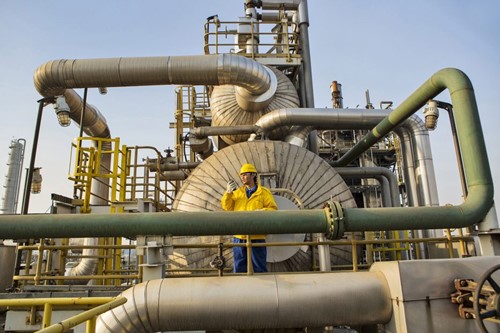News
BASF, Siemens Energy team up on low CO2 techno

BASF and Siemens Energy have signed an MOU aiming to accelerate commercial implementation of new technologies designed to lower greenhouse gas emissions.
Possible pilot projects include the construction of a PEM (proton exchange membrane) electrolyzer for hydrogen production with an output of 50 MW with the possibility of modular capacity expansions and the installation of a high-temperature 50 MW thermal heat pump for generating process steam from waste heat in a production plant. In addition, a modernization of the power grid at the Ludwigshafen site using digital and CO2-optimized products from Siemens Energy is being evaluated.
In addition, a study is underway to assess the potential for common system and catalytic converter development in an effort to boost the efficiency of electrolysis plants (PEM electrolysis) and for collaboration in generating electricity from wind energy.
BASF has sought further reduction of greenhouse gas emissions within the scope of its Carbon Management since 2018. Until the year 2030, the absolute level of BASF’s emissions is targeted not to exceed that of 2018. With a planned substantial increase in production volumes, this means a further reduction of the emission intensity by around 30% in this period. In tandem with the availability of newly developed technologies and the increased use of renewable energies, BASF also aims to further reduce its emissions in absolute terms beyond the year 2030.
The signed MOU will also focus on supporting the chemical company in achieving its ambitious climate targets. For Siemens Energy, the partnership represents a further key step toward pursuing its strategic goals, namely low-emission or emission-free generation of electricity and heat, transmission and storage of electricity, a smaller carbon footprint and lower energy consumption in industrial processes as well as shaping a sustainable hydrogen economy.
BASF and Siemens Energy will strive to study the pilot projects identified for technical and commercial feasibility as soon as possible in order to be able to reliably quantify the investments needed and to launch the implementation of the pilot projects within the scope of the currently prevailing framework conditions.

